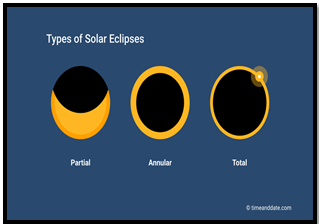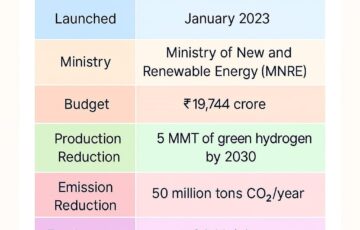ECLIPSE
Eclipse Occurrence Explanation:
- Alignment Requirement: Eclipses happen when the sun, moon, and earth align in a straight line during new moon or full moon.
- Solar Eclipse Variation: Not every new moon results in a solar eclipse due to the moon’s orbit inclination (about five degrees) to the ecliptic, the earth’s orbital plane around the sun.
- Nodes and Intersection: The line where these planes intersect is the “line of nodes.” There are only two points where the moon’s orbit intersects the ecliptic, and they move along the orbit, completing a cycle in approximately 19 years.
Source: Time And Date
Impact of Orbital Dynamics:
- Limited Intersection Points: Eclipses require the moon to be near one of these nodes, limiting their occurrence during new moon and full moon days.
- Dynamic Node Movement: The nodes move from west to east along the moon’s orbit, making eclipse alignment infrequent on a monthly basis.
Non-Regular Eclipse Schedule:
- 19-Year Cycle: Due to the complex interaction of orbital dynamics, eclipses don’t occur on every new moon or full moon day.
- Node Proximity Requirement: Eclipses happen when the moon is in proximity to the nodes, a condition not met regularly, leading to the periodicity of eclipse events.

 Source: Time And Date
Source: Time And Date 


